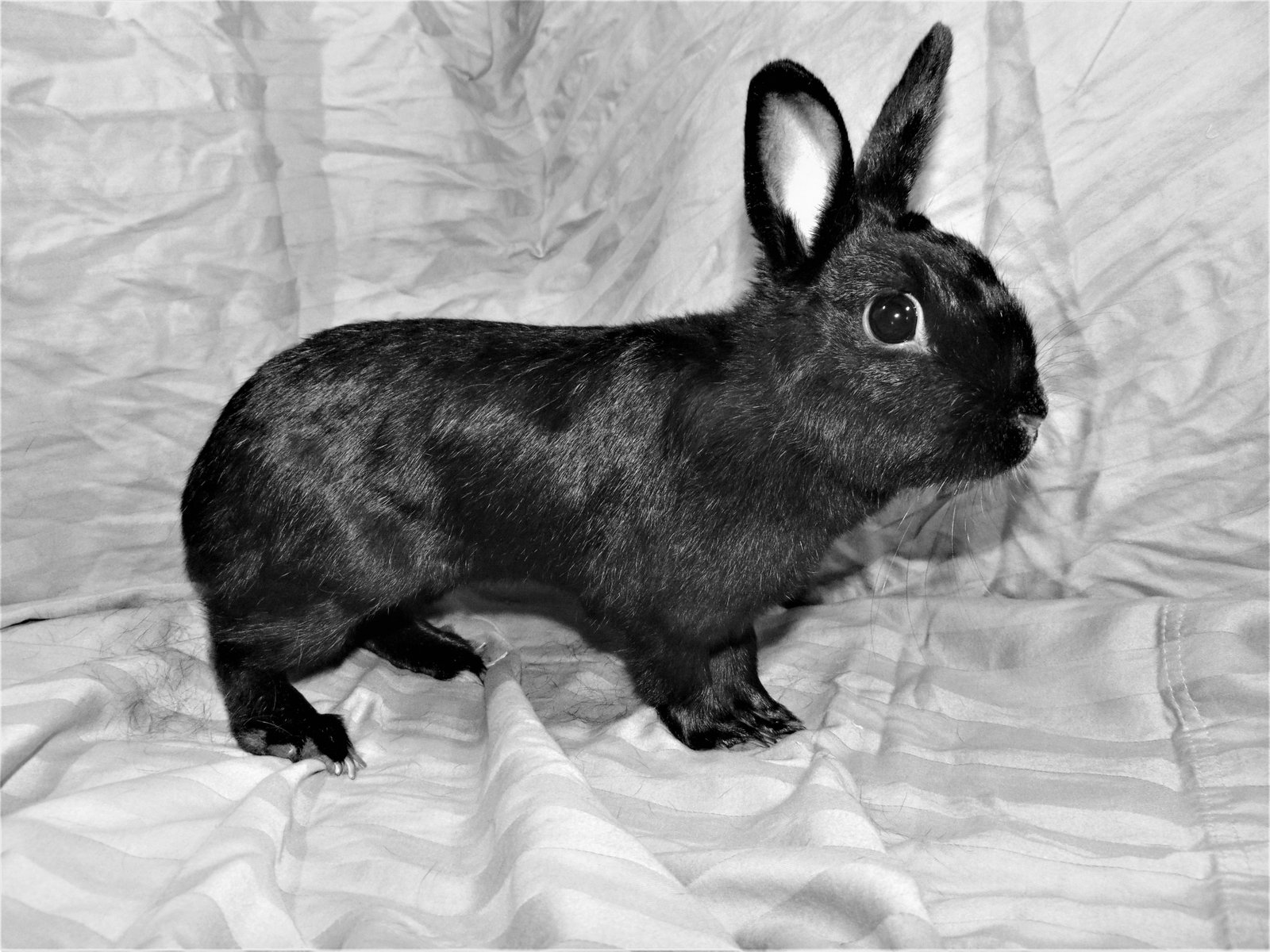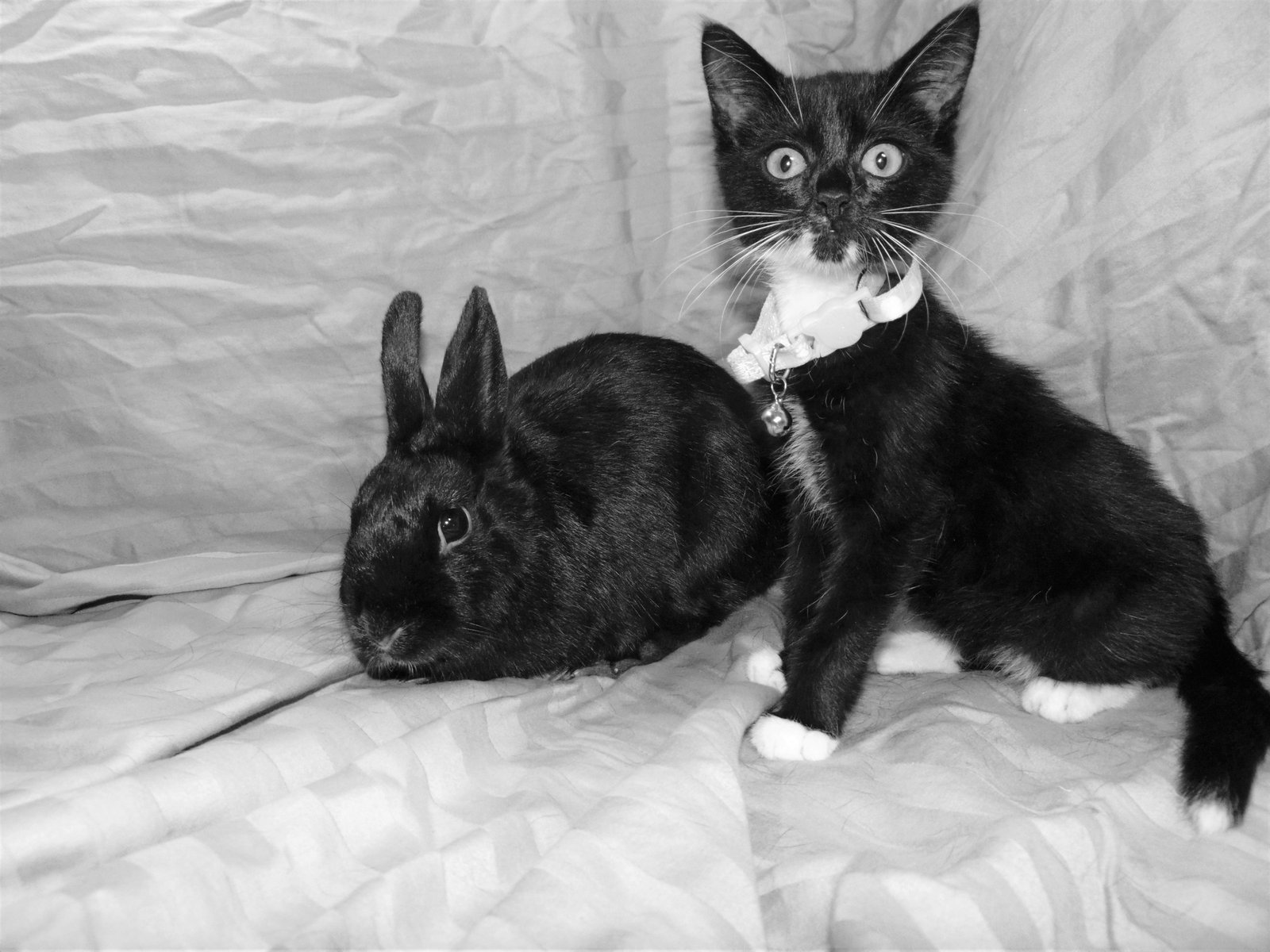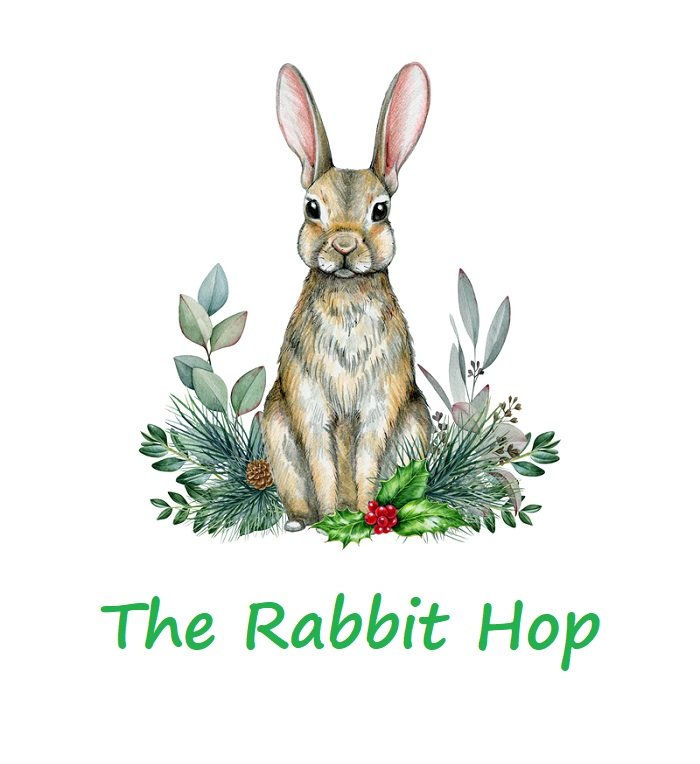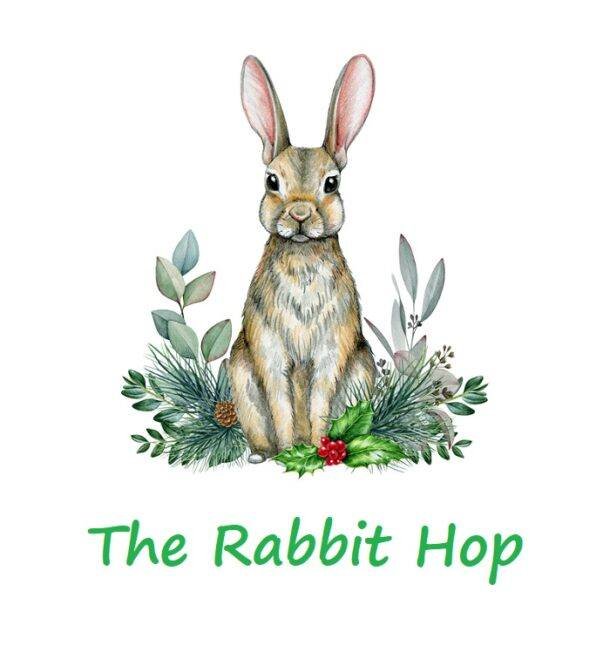A Havana rabbit breed is famous for its mink-like coat and sparkling ruby eyes. Besides its physical features, this bunny is also adored for its personality. It is friendly and docile, making it an excellent pet for any owner. This blog post will teach you how to care for the havana bunnies. You will also discover if Havana rabbits are suitable pets for you. Enjoy reading!

Facts about Havana Rabbit Breed
|
Body Size |
Small to medium |
|
Body Weight |
4.5 lbs to 6.5 lbs |
|
Body Shape |
Compact |
|
Lifespan |
5 to 8 years |
|
Colors |
Chocolate, lilac, black, blue, and broken |
|
Similar Breeds |
Dutch rabbit |
|
Best Suited for |
Singles, couples, seniors, families with older children, new rabbit owners |
|
Origin |
Holland |
Background and History
Contrary to popular’s belief, Havana rabbits did not originate from Havana, Cuba. This rabbit breed first appeared in Holland in 1898. The first variety that emerged was the chocolate variety. It came out in a litter of a Dutch marked doe in Ingen. These bunnies are also ancestral to other breeds such as Fee de Marbourg, Gris Perle de Hal, and Perlefee.
Because of the unique ruby glow to the eyes of the Havanas, they were called “Fire-eye from Ingen”. However, it was replaced with “Havana” due to the likeliness of its rich chocolate coat to the Havana cigar. Germany exported the breed in 1907, and by the following year, Britain did the same. Soon, the rabbits reached France and Switzerland.
The Havana rabbit breed set foot in the United States in 1916. Due to its mink-like fur and appealing eyes, it became a popular and in-demand breed in the country. The same year, the American Rabbit Breeders Association (ARBA) recognized the “Standard Havana”. Because of the bunny’s features, it was also called “The Mink of the Rabbit Family”.
Other varieties of Havana appeared throughout the years. Lee Own Stamm developed the blue type in 1965 and then created the black variety in 1980. Meanwhile, the broken variety was accepted in 2008. The most recent type was the lilac, acknowledged by ARBA in 2016.
Throughout the years, associations supporting Havanas were built. Breeders established England’s National Havana Club in 1920. On the other hand, the Havana Rabbit Breeders Association was formed in 1925. The features of the rabbits became more pronounced over the years. As of now, they are famous show animals and household pets.
Features of Havana Rabbit Breed
Who wouldn’t adore a Havana rabbit breed? It has a short, round body weighing between 4.5 and 6.5 lbs. Many thought it was a dwarf bunny, but a Havana is larger than dwarf breeds. You will also notice that it has a curve at the top line of its body, rising over its hips before rounding down its tail.
Besides the body features of Havana, it also has charming facial traits. You would be enticed by its medium, amber eyes that glow whenever the light hits them. It also has full cheeks and short, upright ears that are erect close together. Havana rabbits are also famous for their short, soft flyback fur. They are available in five varieties: chocolate, blue, black, broken, and lilac.

Temperament and Behavior
A Havana rabbit breed is highly recommended for new rabbit owners. Some rabbit owners even considered the breed one of the calmest rabbit breeds. It can also quickly get along with other members because of its friendly and gentle nature. You will rarely encounter an aggressive Havana.
As affectionate pets, Havana rabbits love head-scratching and gentle pats on their backs. You can also teach them some tricks since they are intelligent pets. Training them can also strengthen your bond with these furry pets. You can also let them socialize with other rabbits so they would thrive.
Similar to other bunnies, Havana rabbits love to play. But if you have a small space, it won’t be a problem since they can run around even when they are indoors. Don’t be surprised if you see your bunny hop mid-air. Giving them toys will also keep them stimulated and entertained. You can also walk them outdoors as their exercise.
Compared to other small rabbit breeds, Havanas are not too energetic. Thus, they are ideal pets for seniors. Older children can also easily handle them because of their sizes. However, you should supervise small kids since these pets have fragile bones. You will also enjoy them as companions since they can live up to five to eight years.
Havanas are ideal pets for first-time owners, families with older children, and seniors. They are also great pets for singles and couples living in small apartments. Below is a video showing how you can train a Havana rabbit.
Grooming Havana Rabbit Breed
Due to the short and soft coat of a Havana rabbit breed, it doesn’t require special attention. Brushing its coat at least once or twice a week can keep it shiny and clean. Rabbits have sensitive skin, so you should use the right brush for your pet. For sensitive rabbits, you can use rubber grooming gloves. A hairbuster is also effective if your bunny is shedding.
Remember, you don’t have to bathe your bunny to keep its coat glossy. In fact, soaking your pet in the water can expel its furs’ natural oils, losing their lustrous quality. Worse, your bunny may experience hypothermia or shock that may lead to death. Dry bathing or spot-cleaning your bunny is a better way of getting rid of dirt.
Trimming your bunny’s nails is crucial in preventing injuries. Since Havana rabbits have dark-colored nails, they can be challenging to groom. If it’s your first time, you can have a partner to hold your pet. You must also use a small nail clipper designed for small animals like rabbits. Don’t cut the nails too short to prevent cutting the quick.
For show rabbits, you must groom your bunny six weeks before the event. You can dampen your hands with water and then rub it on your pet’s coat. Remove the dead fur by stroking the bunny from head to tail. As a warning, never brush your coat in the fur’s opposite direction. Do this procedure for at least one week.
Proper Diet
A Havana rabbit breed requires a proper diet to remain healthy and robust. Like other rabbit breeds, this bunny needs a large amount of hay so its guts would move properly. There are different kinds of hay that you can choose from. However, the suitable hay will depend on your pet’s condition and age.
Besides hay, you can also add leafy greens to your rabbit’s diet. They are rich in vitamins and minerals, providing your pet’s nutrients. However, not all leafy greens are safe for your pet. You must prevent giving vegetables high in calcium, such as cabbage. Potatoes, mushrooms, and iceberg lettuce are dangerous to rabbits.
Adding pellets can be beneficial to your bunny. But ensure that it is rich in fiber and protein. As much as possible, prevent giving pellets mixed with nuts and dried fruits. They are unhealthy for your pet since they can cause obesity. Too much sweets may also prevent your pet from consuming enough hay.
Furthermore, giving your pet treats can add variety to its diet. You can feed your bunny with fruits such as berries, melon, and nectarine. But you must give them sparingly. There are also flowers that your bunny can consume safely. They are tasty, and they are beneficial to your rabbit’s health.
Enclosure
Rabbits can grow up to 6 lbs, so they need enough space to play and run comfortably. You must provide an enclosure 24 inches wide by 24 inches high by 36 inches long. Since bunnies don’t have pads in their paws, their hutches must have solid flooring.
For outdoor enclosures, they must be sturdy to withstand predators and strong winds. You must also put the supplies that your bunny needs inside its cage. These are a water bottle, food bowl, bedding, and litter box. As a reminder, place the hutch under a shade where it can be protected from the sun’s heat or heavy rain.
If you want your Havana rabbit breed to stay with you indoors, ensure to make your home rabbit-proof. Rabbits are curious creatures, so they chew on things that interest them. They also tend to gnaw cables and wires, mistaking them as roots. Hence, you must keep away from the cables to prevent your pet from getting electrocuted.
As active pets, rabbits need to go outdoors to exercise. You must have a secure fence to prevent your pet from escaping or a predator from entering. Don’t forget to hide toxic household plants and harmful pesticides. You must also supervise your pet outdoors to ensure its security.

Health Issues of Havana Rabbit Breed
Dental disease
Havana rabbits are not affected by specific diseases. However, they can suffer from health conditions common to all rabbit breeds. One of these is dental disease. It is usually caused by poor diet, breed, and age. Bunnies that don’t consume enough fiber may suffer from dental disease. On the other hand, small and old rabbits are more prone to this condition.
Symptoms of dental disease include weight loss, a dirty bottom, and diarrhea. You may also notice that your pet is drooling and grinding its teeth. Rabbits with dental disease may also have bumpy jawlines and deformed teeth. Because of pain and discomfort, they are weak and less active.
The treatment your bunny needs depends on the severity of its condition. If there are already tooth root abscesses, your bunny may need dental surgery. The vet may give your pet some pain relievers for sores inside your bunny’s mouth. Antibiotics and other medications may also be prescribed.
Ear Mites
A Havana rabbit breed can also experience ear mites like other bunnies. It is a condition that is caused by Psoroptes cuniculi. These mites lay eggs on the bunny’s earwax or ear canal. The common symptoms of ear mites are ear scratching and ear shaking. You may also notice lesions on the bunny’s forelimbs, abdomen, neck, and face.
Ear mites are treated by applying topical ivermectin to your pet. If your pet is in pain, the vet may prescribe anti-inflammatory drugs. Since ear mites can infest other rabbits, you must isolate the sick bunny from the healthy ones. It would also be better for new bunnies to undergo a clinical examination.
Health Issues of Havana Rabbit Breed
Dental disease
Havana rabbits are not affected by specific diseases. However, they can suffer from health conditions common to all rabbit breeds. One of these is dental disease. It is usually caused by poor diet, breed, and age. Bunnies that don’t consume enough fiber may suffer from dental disease. On the other hand, small and old rabbits are more prone to this condition.
Symptoms of dental disease include weight loss, a dirty bottom, and diarrhea. You may also notice that your pet is drooling and grinding its teeth. Rabbits with dental disease may also have bumpy jawlines and deformed teeth. Because of pain and discomfort, they are weak and less active.
The treatment your bunny needs depends on the severity of its condition. If there are already tooth root abscesses, your bunny may need dental surgery. The vet may give your pet some pain relievers for sores inside your bunny’s mouth. Antibiotics and other medications may also be prescribed.
Ear Mites
A Havana rabbit breed can also experience ear mites like other bunnies. It is a condition that is caused by Psoroptes cuniculi. These mites lay eggs on the bunny’s earwax or ear canal. The common symptoms of ear mites are ear scratching and ear shaking. You may also notice lesions on the bunny’s forelimbs, abdomen, neck, and face.
Ear mites are treated by applying topical ivermectin to your pet. If your pet is in pain, the vet may prescribe anti-inflammatory drugs. Since ear mites can infest other rabbits, you must isolate the sick bunny from the healthy ones. It would also be better for new bunnies to undergo a clinical examination.
Frequently Asked Questions
Is a Havana rabbit breed a good pet for first-time owners?
A Havana rabbit breed is excellent for first-time owners. It also gets along with its owner and other family members. Moreover, its short fur is easy to maintain, and it doesn’t have any specific disease. Unlike other breeds, Havana rabbits are easier to handle.
Are Havana rabbits suitable pets for children?
Because of their friendliness and playfulness, Havana rabbits are suitable pets for children. Although they are easier to handle, you must supervise small kids when picking them up. Like all rabbit breeds, they have delicate bones, so proper handling is necessary.

Conclusion
A Havana rabbit breed is known for its unique features and great personality. But like any other rabbit, it needs regular grooming and a proper diet. You must also provide it with a suitable hutch to live comfortably. Giving the Havana rabbits the attention they need will make them healthy and happy.



